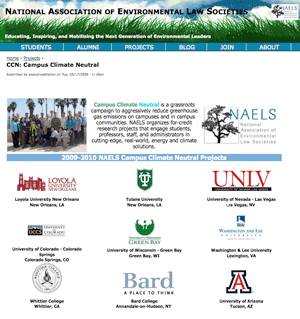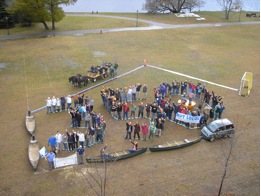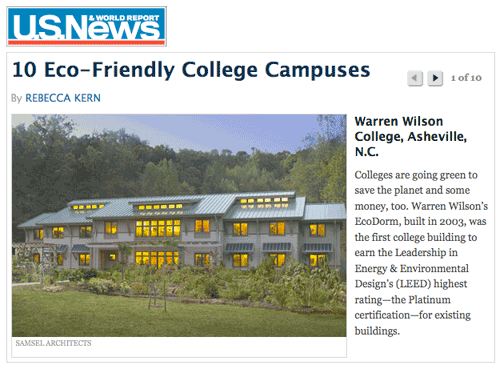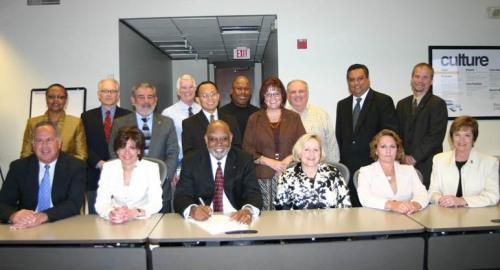(This article appears in the July, 2010 issue of The ACUPCC Implementer)
What would it cost to get an entire campus to run on power from renewable sources? How do you sell expensive sustainability measures to a community still skeptical about global warming? What steps can a campus community take to get a diverse community of students, faculty, administrators, and staff out of their comfortable, convenient cars?

Over the past eight months, close to 100 students, 20 administrators, and 15 professors on 10 campuses across the country worked hard, with support from the National Association of Environmental Law Societies (NAELS), to answer these and other tough sustainability questions.



 Second Nature’s
Second Nature’s 



